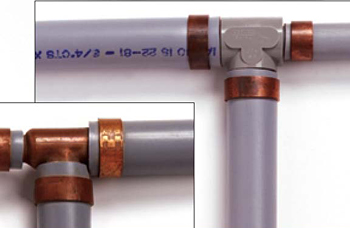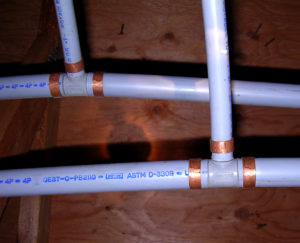Whether it’s killed a deal for you in the past or just created a lot more work and stress, almost everybody in the real estate industry has experienced the headaches that comes along with finding polybutylene plumbing. If you would like to learn more about polybutylene you have come to the right place.
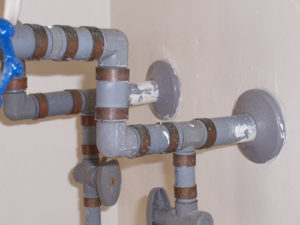 History
History
Polybutylene plumbing, sometimes known as “poly”, “PB”, or “gray pipe” was a cheap, easy to install, flexible, and freeze resistant alternative to copper pipe. PB was used in over 10 million homes between 1978 and 1996. It was installed in new home construction as well as re-plumbs of older copper and galvanized systems. Due to its wide use any home built prior to 1997 may contain polybutylene pipe. In the 1980’s and 90’s class action lawsuits against PB manufacturers paid out over 1 billion dollars due to the defective nature of the product.
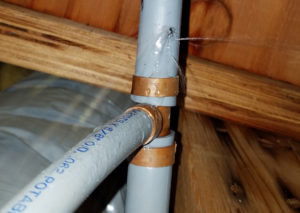 Problems with Polybutylene Plumbing
Problems with Polybutylene Plumbing
Polybutylene pipe leaks were known to occur within the first 2 years of installation. The majority of leaks have happened between years 10 and 15. Manufacturers of polybutylene pipe claimed that leaks most often occurred at joints and unions due to improper installation. Studies done by the University of Illinois at Chicago found that disinfectants can cause pipes to flake apart from the inside. These small flakes can deepen over time leading to complete failure of the pipe. Buying a home with polybutylene plumbing can also lead to higher insurance premiums or complete denial of insurance coverage.
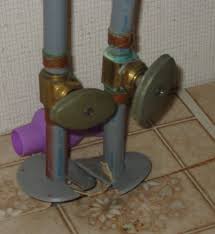 Identifying PB Pipe
Identifying PB Pipe
The good news is that polybutylene pipe is relatively easy to identify. PB pipe can often be found at water heaters and under sinks. Polybutylene pipe is primarily grey in color and may be stamped with PB2110. PB pipe also comes in white, silver, black or blue but these colors are less common. The pipe will have copper colored bands around the outside of the pipe at joints and unions. For more examples of polybutylene plumbing CLICK HERE.
What to do with Polybutylene Plumbing?
Although no laws exist today that require the replacement of polybutylene pipe, many plumbers recommend it. Polybutylene pipe installed in the walls can leak unnoticed for years leading to moisture and mold issues. The pipe can also fail without warning causing flooding and major damage to the home. It is generally considered far cheaper to replace polybutylene pipes before they potentially fail than to pay for the damage that may be caused by their failure.
If you think you have found polybutylene pipe but are unsure, or if you have any questions regarding it, please CONTACT THE OFFICE. We will be happy to help you in any way we can.
If you would like more information on polybutylene plumbing click here.


